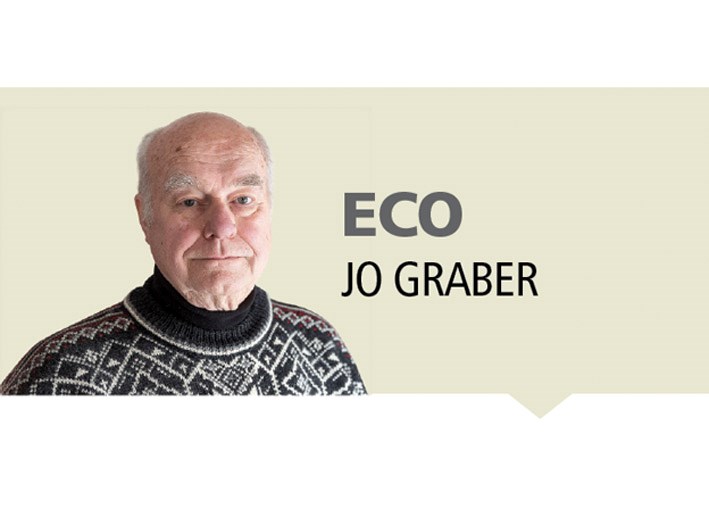We are living at a time when we are becoming more and more aware that the actions of humans have an effect on fellow humans, their financial well being, as well as the environment which supports our life on this planet.
More and more we are wondering whether the increase of human activity can continue at the pace we are increasing our consumptive habits, especially as the third world starts to catch up and is tending to adopt many of our harmful habits.
Climate change, loss and degradation of arable land, loss of forests which replenish the oxygen we breathe, unsafe industrial air emissions, industrial and human water pollution, garbage landfills – these are just a few of the detrimental impacts of human activities which have altered the environment radically from the days of our forefathers.
Today we are hearing more and more that we are approaching a point of no return as it relates to climate change - primarily attributed to human activity by many scientists - which is causing rising seas, more frequent flooding, more frequent and larger wildfires, loss of habitat for animals, loss of bees, and on it goes with a new revelation getting our attention almost weekly.
So, what are we doing about it? Can we do anything about it? Who is in control? Is there a strategy in place which will allow us to maintain life on this planet as we know it now? Are we living sustainably?
Sustainability is most often defined as meeting the needs of the present without compromising the ability of future generations to meet theirs. It has three main pillars: economic, environmental, and social.
What is a sustainable strategy?
On a global basis, the United Nations adopted 17 sustainable development goals five years ago. The short version can be described as: no poverty; zero hunger, food security, sustainable agriculture; good health and well-being; quality education; gender equality; clean water and sanitation; affordable and clean energy; decent work and economic growth; resilient infrastructure, sustainable industrialization, fostering innovation; reduced inequality within and among countries; sustainable cities and communities; responsible consumption and production; climate action; sustainable use of ocean resources; sustainable use of land based ecosystems; peaceful and inclusive societies, justice and strong institutions; strengthening partnerships for implementing the goals.
On a local basis, for example, the forest industry harvesting in the Prince George TSA initially adopted Canadian Standards Association CSA Z809 Sustainable Forest Management (SFM) standard. It had both performance requirements and management system requirements. The certification requirements include the recognition of environmental, economic, social and cultural values. One of the key obligations was the conservation of biological diversity. A vital component of that standard was the inclusion of a public advisory group in developing workplans with measurable objectives. These were checked in the field by an independent auditor for compliance. The results were shared with the advisory group and the public.
I strongly believe that a key component of evaluating any major development undertaken by any level of government, industry and other corporations and organizations which potentially impact our social, economic and environmental well being must include a public component for early input as well as monitored oversight in the planning stages, implementation, as well as ongoing operating stages.
Transparency in how business is conducted by those we buy our products and services from, as well as those we elect, is imperative to a well functioning society.



